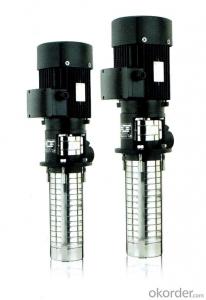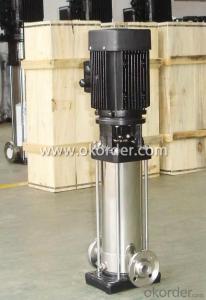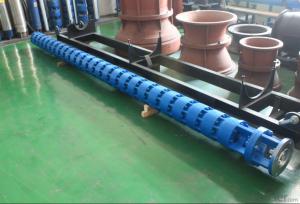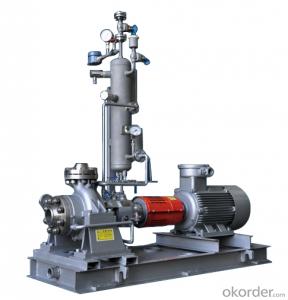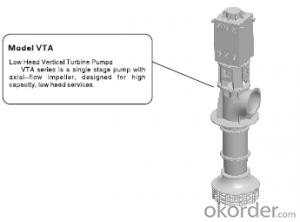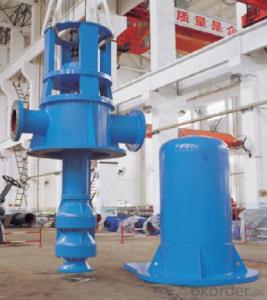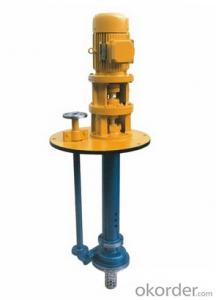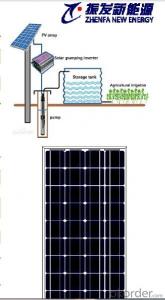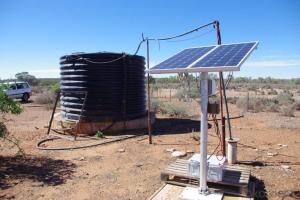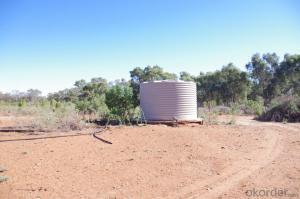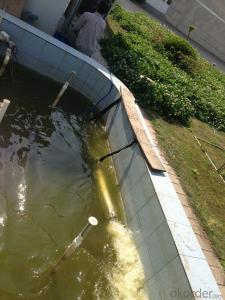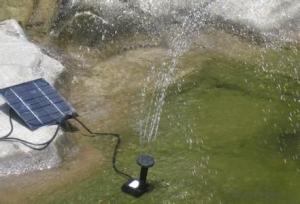Hober Solar Pump Inverter
Hober Solar Pump Inverter Related Searches
Best Stainless Steel For Knives Wd 40 For Stainless Steel Hole Saw For Stainless Steel Paint For Stainless Steel Stainless Steel For Bbq Step Bit For Stainless Steel Sponge For Stainless Steel Coatings For Stainless Steel Caulking For Stainless Steel Stainless Steel Box With LidHot Searches
Solar Hot Water Collectors For Sale 8 Inch Water Pump For Sale Solar Inverter For Split Ac Solar Inverter With Ac Outlet 1 Hp Solar Water Pump Price Jain Solar Water Pump Price Kirloskar Solar Water Pump Price Aluminum Ac Coil Scrap Price China Solar Ac Module Solar Pump Inverter Price Lorentz Solar Water Pumps Price Price Of Water Cooler Evacuated Tube Solar Collectors Price Lorentz Solar Pumps Price Cost Of Evacuated Tube Solar Collectors Buy Hot Water Bag Fish Tank Air Pump Price Aquarium Air Pump Price Air Pump Price Chlorine Dosing Pump PriceHober Solar Pump Inverter Supplier & Manufacturer from China
Okorder.com is a professional Hober Solar Pump Inverter supplier & manufacturer, offers integrated one-stop services including real-time quoting and online cargo tracking. We are funded by CNBM Group, a Fortune 500 enterprise and the largest Hober Solar Pump Inverter firm in China.Hot Products
FAQ
- The maintenance cost of a solar pump system is generally lower compared to a traditional electric pump. This is primarily due to the fact that solar pumps have fewer moving parts and no complex electrical systems, which reduces the risk of mechanical failure and the need for extensive maintenance. Solar pumps are powered by solar panels, which have a long lifespan and require minimal maintenance. The main maintenance tasks for a solar pump system involve checking and cleaning the solar panels regularly to ensure optimal performance. Additionally, the pump itself may require occasional maintenance such as lubrication and inspection of connections. In contrast, traditional electric pumps require more regular maintenance due to the complexity of their electrical systems and moving parts. Electric pumps often have motors, wiring, and other components that can wear out over time and require maintenance or replacement. The electrical connections also need to be regularly inspected and maintained to prevent any potential issues. Furthermore, traditional electric pumps are typically connected to the grid, which means they are subject to fluctuations in electricity prices. This can result in higher operational costs compared to solar pumps, which rely on the sun's energy and do not incur any ongoing electricity expenses. Overall, while both solar pump systems and traditional electric pumps require maintenance, the maintenance cost of a solar pump system tends to be lower due to the simpler design, fewer moving parts, and reduced reliance on external sources of power.
- The expected lifespan of an inverter in a solar pump system can vary depending on the quality and brand of the inverter, as well as the maintenance and operating conditions. On average, a well-maintained and high-quality inverter can last anywhere from 10 to 15 years.
- Yes, there are limitations on the distance water can be pumped with a solar pump. The maximum distance depends on various factors such as the power of the solar pump, the elevation change, the diameter and length of the pipe, and the friction losses in the system. Generally, solar pumps have a maximum pumping distance of a few hundred meters, but this can vary depending on specific conditions.
- A solar pump helps in reducing reliance on diesel generators by utilizing solar energy to power the pump instead of relying on costly and polluting diesel fuel. By harnessing the power of the sun, solar pumps provide a sustainable and environmentally-friendly alternative to diesel generators, reducing operating costs and dependence on fossil fuels.
- Yes, solar pumps can be used for water supply in religious institutions or temples. Solar pumps are a sustainable and cost-effective solution that can provide a reliable source of water without the need for electricity or fuel. They can be installed in remote areas where grid power is not available, making them an ideal choice for religious institutions or temples located in such regions. Additionally, solar pumps align with the principles of sustainability and can help reduce the carbon footprint of these institutions.
- Solar pumps are generally not designed to specifically handle water with low pH or chemical contamination. However, in some cases, additional filtration systems or chemical treatment may be added to the solar pump system to address these issues. It is important to note that the effectiveness of such treatments may vary depending on the extent of the pH or chemical contamination.
- Yes, there are several safety considerations when using a solar pump. Firstly, it is important to ensure that the solar panels and electrical connections are properly installed and maintained to prevent any electrical hazards. Additionally, the pump should be operated and maintained according to the manufacturer's instructions to avoid any mechanical failures or malfunctions. It is also crucial to protect the pump from extreme weather conditions such as strong winds, heavy rain, or hail, as these can damage the equipment and pose safety risks. Lastly, proper grounding and insulation of the system should be in place to minimize the risk of electric shock or fire hazards.
- No, a solar pump cannot work at night or on cloudy days. Solar pumps rely on sunlight to generate electricity, which in turn powers the pump to draw water. Without sunlight, there is no energy source for the pump to function. Therefore, solar pumps are designed to work specifically during daylight hours when there is sufficient sunlight available.





